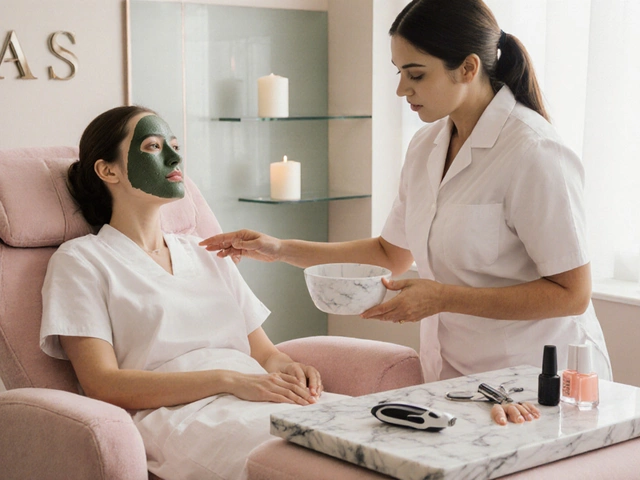Dress Code for TAs: Practical Advice You Can Use Today
Being a teaching assistant (TA) means you’re on the front line with students, teachers, and parents. Your clothes send a quick message about respect, safety, and professionalism. Getting the dress code right helps you fit in and feel confident.
Most schools set a dress policy to keep the environment safe and tidy. Even if your school doesn’t have a strict handbook, there are common expectations you can follow. Knowing them saves you from awkward moments and shows you take the job seriously.
Start with the basics: clean, neat, and modest clothing. Avoid anything ripped, overly tight, or with big logos. Choose pieces that let you move easily – you’ll be helping students, carrying supplies, and maybe bending down a lot.Do wear solid‑colored shirts or blouses, closed‑toe shoes, and trousers or skirts that reach the knee. A light cardigan or blazer adds a professional touch and can be taken off if the room gets warm.
Don’t wear headphones, caps, or clothing with offensive text. Flip‑flops, high heels, or trampolines (yes, those) are unsafe around kids. Also keep tattoos covered if the school prefers it – a quick sleeve or high‑neck shirt does the trick.
Key Dress Code Rules to Remember
Top choices: plain tees, polo shirts, or button‑downs in neutral colors. Bottoms: straight‑leg jeans without distress, chinos, or knee‑length skirts. Shoes: sturdy sneakers, loafers, or low‑heel shoes with good grip. If you’re in a lab or workshop area, wear closed shoes and avoid loose sleeves.
Professional vs. casual varies by school type. Primary schools often expect a more formal look, while secondary schools might allow smart‑casual attire. Look at what teachers wear and match that level of neatness.
Seasonal changes matter too. In winter, layer with a warm sweater or coat you can remove easily. In summer, pick breathable fabrics like cotton or linen to stay cool while still looking tidy.
Tips to Stay Comfortable All Day
Pick clothes you can wash quickly and that don’t wrinkle much. Pack an extra shirt in your bag in case you spill something. Keep a pair of comfortable shoes at work if you need to switch after a long shift.
Use simple accessories – a watch, a small badge holder, or a modest necklace. They add personality without breaking the rules. Remember, the goal is to look put‑together, not like you’re on a runway.
When in doubt, ask a senior teacher or the school’s HR department. Most schools are happy to give clear examples or even a photo guide. Following the dress code isn’t about losing style; it’s about fitting in and staying safe for everyone.




